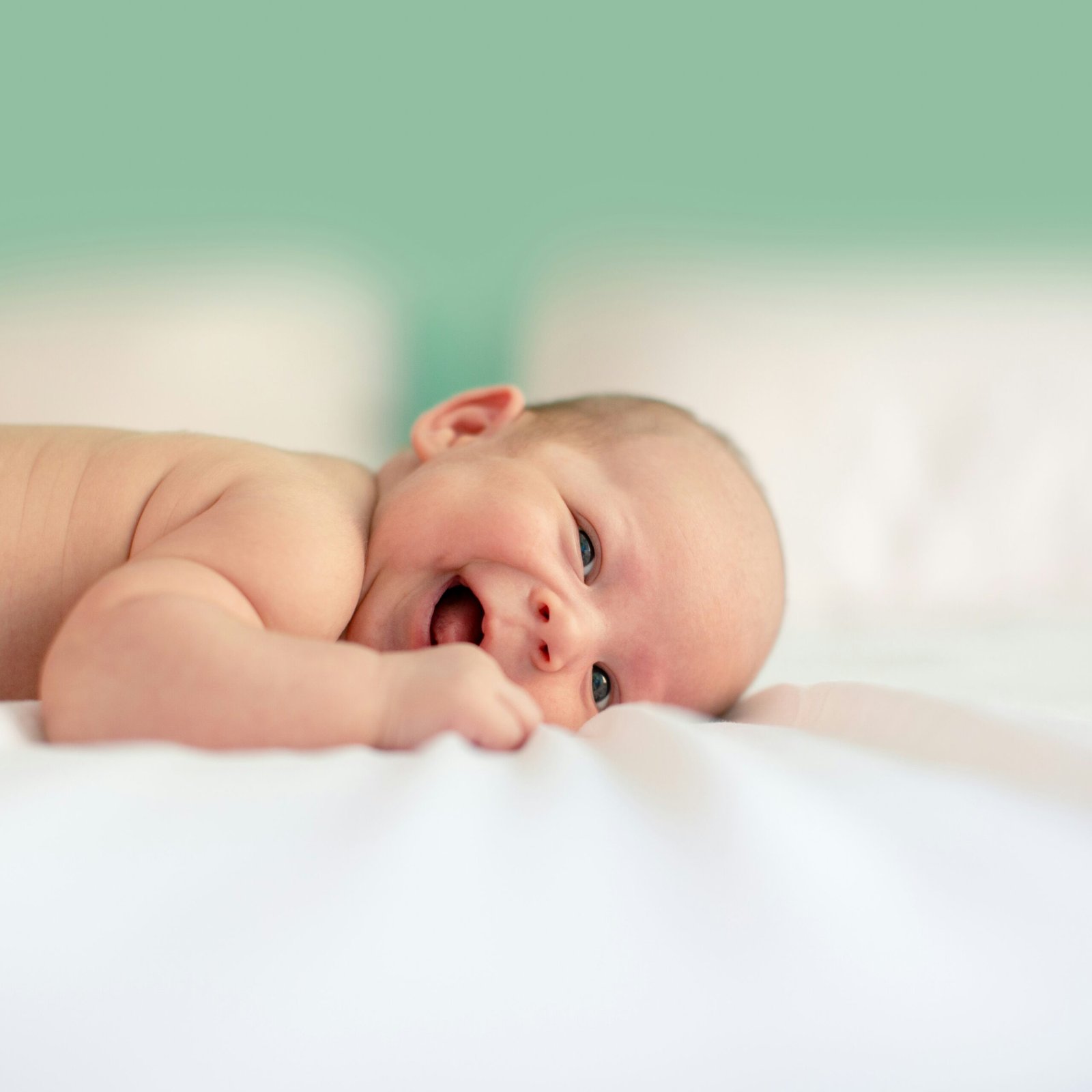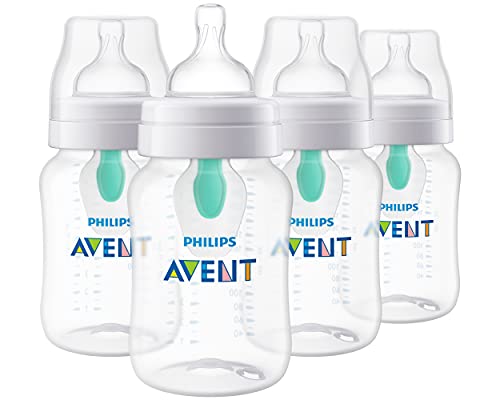
Introduction to Baby Necessities
Preparing for the arrival of a newborn can be both exciting and overwhelming. Understanding the essential baby necessities is crucial for new parents as they embark on this significant journey. Each baby is unique, but there are common categories of items that every parent should consider to ensure their child’s comfort, safety, and developmental needs are met.
One of the primary categories of baby essentials includes clothing. Infants require an adequate wardrobe to accommodate their rapid growth, changing weather conditions, and comfort needs. Selecting soft, breathable fabrics is vital, as newborns have sensitive skin. Parents should aim for a mix of onesies, sleep sacks, and outerwear, ensuring they have enough outfits for regular changes throughout the day.
In addition to clothing, toys play a significant role in a baby’s early development. Engaging toys not only entertain infants, but they can also stimulate cognitive and sensory skills. Soft rattles, plush toys, and activity gyms offer opportunities for exploration and interaction. As the child grows, diverse educational toys can further support their learning journey.
Besides clothing and toys, there are many other necessities to consider. Items such as diapers, baby wipes, and bathing essentials contribute greatly to a baby’s daily care routine. Additionally, ensuring a safe sleeping environment with a quality crib, mattress, and bedding is paramount for healthy sleep patterns. Feeding supplies, including bottles, breast pumps, and high chairs, should also be obtained, depending on the parents’ feeding choices.
Ultimately, preparing for a newborn entails more than just buying items; it’s about creating a nurturing environment that fosters growth and development. By focusing on these fundamental categories of baby necessities, new parents can help build a solid foundation for their child’s early experiences.
Cute Outfits for Your Little One
When it comes to dressing your baby, selecting cute outfits is just as crucial as ensuring their comfort. Babies spend a lot of their time in their clothes, and as such, the choices made should prioritize soft fabrics that are gentle on their delicate skin. Cotton is often regarded as the go-to material for baby outfits due to its breathability and hypoallergenic properties, making it an excellent choice to prevent irritation. Additionally, staying away from overly synthetic materials can help maintain your baby’s comfort throughout the day.
Practicality also plays a significant role in baby clothing selection. Outfits should facilitate easy dressing and undressing, especially during those unavoidable diaper changes. Consider choosing outfits with snap buttons or envelope necks that allow for quick changes. For colder months, layering options such as cardigans, bodysuits, and warm hats can help keep your little one snug while still ensuring they look adorable. The key is to strike a balance between style and ease of dressing, enabling parents to maintain their own efficiency while still enhancing their baby’s wardrobe.
Seasonal considerations are vital when opting for cute baby outfits. During summer, lightweight, breathable fabrics keep your child cool and prevent heat rash. Conversely, in winter, opting for insulated but stylish outfits ensures your little one is warm without sacrificing aesthetic appeal. As special occasions arise, such as birthdays, family gatherings, or holidays, having a selection of themed outfits can add a unique touch. A festive onesie or a little dress can elevate your baby’s appearance for these memorable events, creating lasting memories that parents will cherish.
Incorporating versatile pieces into your baby’s wardrobe, such as neutral-colored playsuits or soft leggings, can allow for more creativity in assembling outfits. Overall, investing in cute, comfortable, and practical outfits is essential for every baby, so they not only look adorable but feel great too.
Toys that Promote Development
Choosing the right toys for infants and young children is paramount, as they play a crucial role in promoting development through various stages. Toys that foster sensory stimulation, motor skills, and cognitive growth can significantly impact a child’s early development milestones. For newborns to six months, toys with contrasting colors, soft textures, and gentle sounds are ideal. Items such as rattles and crinkle blankets not only engage their developing senses but also encourage visual tracking and auditory recognition.
As babies grow into the six to twelve-month range, they become more curious and mobile. At this stage, interactive toys that encourage exploration, such as stacking blocks or shape sorters, are particularly beneficial. These toys help enhance fine motor skills along with hand-eye coordination. Additionally, toys that promote crawling or pulling up, like push toys, stimulate physical activity and strengthen muscles, laying a foundation for walking.
For toddlers aged one to three years, imaginative play becomes significant. Toys that encourage pretend play, such as kitchen sets, dolls, or tool kits, can aid cognitive and social development. These engaging activities enhance language skills and allow children to express their creativity. Furthermore, puzzles and board games designed for young children can help improve problem-solving skills and critical thinking.
When selecting toys, safety should always be the top priority. Look for toys that are labeled as non-toxic and free from small parts to prevent choking hazards. Additionally, ensure that the materials used are durable enough to withstand active play. Avoid toys with sharp edges or hard surfaces, and regularly inspect toys for wear and tear. By choosing age-appropriate, safe, and stimulating toys, parents can create an enriching play environment that supports their child’s growth and development.
Additional Baby Necessities to Consider
When preparing for a new arrival, many parents focus on the more obvious items like cute outfits and toys. However, several additional baby necessities are crucial for ensuring the well-being of your infant. Creating a safe, nurturing environment encompasses not only clothing and playthings but also essential items that promote comfort, hygiene, and organization.
First, bedding plays a vital role in ensuring a restful sleep for your baby. Invest in a high-quality, breathable crib mattress and choose fitted sheets made from soft, hypoallergenic materials. Proper bedding safeguards against allergies and provides optimal comfort, which is important for your baby’s health and development.
Feeding supplies, such as bottles, bibs, and a breast pump, should be on your checklist as well. Whether you choose to breastfeed or formula-feed, having the right feeding accessories can enhance the experience. For breastfeeding mothers, a comfortable nursing pillow can offer much-needed support during feeding sessions.
Diapering accessories, including a well-stocked diaper bag, changing pad, and diaper rash cream, are vital for managing your baby’s hygiene. It’s essential to maintain easy access to these items, especially when you are out and about. Consider organizing a dedicated space at home for diaper supplies to streamline the process during baby changes.
Hygiene products, such as baby wipes, gentle soap, and baby lotion, are equally important. These items help maintain your baby’s delicate skin and overall cleanliness. Additionally, consider including a soft washcloth and a baby bathtub for bath time, ensuring a safe and enjoyable bathing routine.
For outings, a versatile stroller, baby carrier, and a well-stocked diaper bag equip parents for trips outside the home. Being prepared with extra clothes, snacks, and essential items allows for smoother outings, alleviating stress for both parent and baby. By considering these additional baby necessities, you will create a conducive environment that supports your child’s growth and development.








